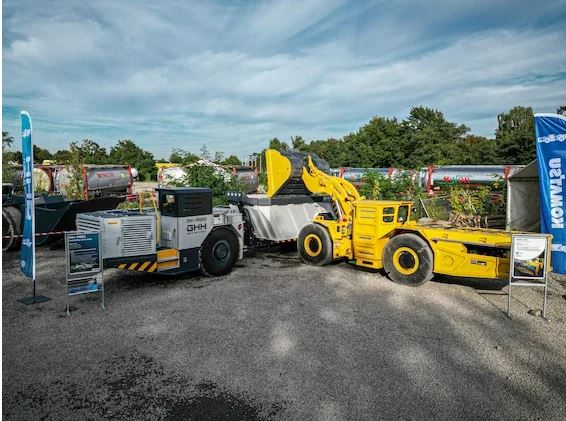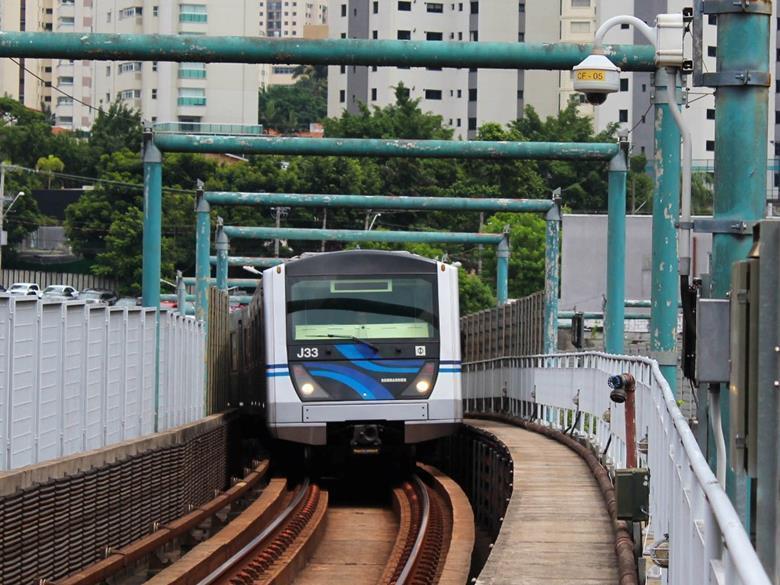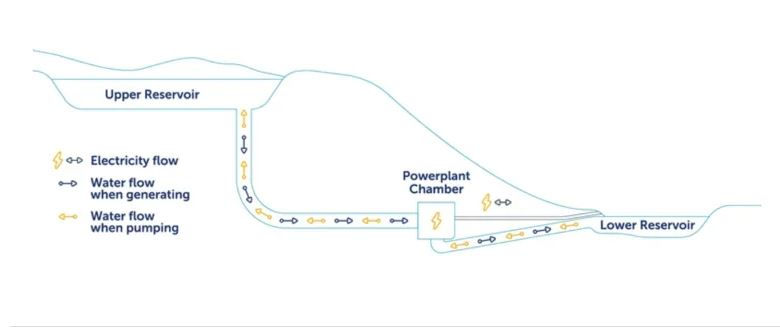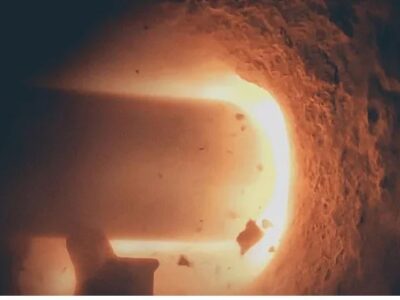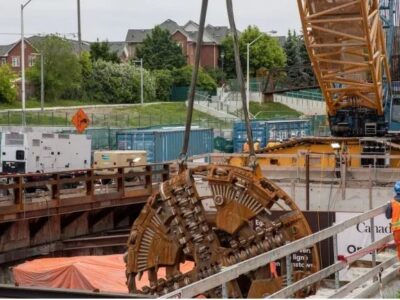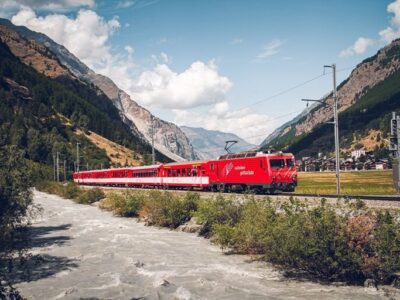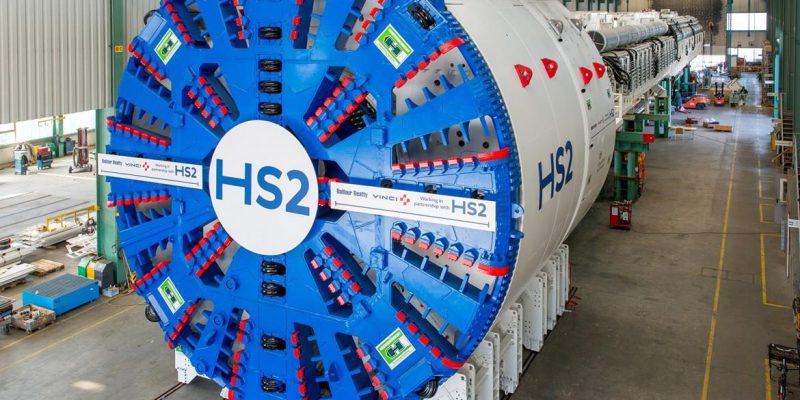
Two great TBMs (tunnel boring machines) have delivered to UK to begin work on the HS2 railway project.
The TBMs which are 170m long and 2,000 tonnes weight each, were carried from Germany in over 300 separate shipments over a period of nearly 8 weeks.
It is said that the TBMs are going to be the biggest machines ever to be used on a railway project in the UK, the machines were arrived in the Align Chiltern tunnel site, located to the west of London.
The giant machines which have been manufactured by German company Herrenknecht, will be operated by Align – a JV formed by Sir Robert McAlpine, Bouygues Travaux Publics, and VolkerFitzpatrick – the main works contractor.
The machines are named Cecilia and Florence whose names were offered by students from schools local to the launch site. They will be put to work on the project’s Chiltern site by next year. They will excavate the 10-mile-long ‘twin-bore’ Chiltern tunnel and will be in an ongoing 24-hour operation for more than three years. The machines will each be manned a crew of 17 people and further supported by an aboveground team of 100 people who will oversee the logistics of the tunneling operation.
The first machine is named after astronomer and astrophysicist, Cecilia Payne-Gaposchkin, who was born in Buckinghamshire, and the second one is named after Florence Nightingale, the founder of modern nursing who spent many years living in Claydon, Buckinghamshire.
“The launch of our first tunneling machines will be a defining moment in the history of HS2 – and our work to deliver a high speed railway that will offer a low-carbon alternative for journeys across the UK,” stated Mark Thurston, HS2 CEO.
He also asserted: “Construction is now well underway, with more than 13,000 jobs supported by the project, both directly and in our UK-wide supply chain. The arrival of Florence and Cecilia is a major step forward and our expert team will now work to assemble, test and commission them before their launch next year.”
Cecilia and Florence, which have been planned and designed to operate with the area’s chalk and flint ground composition, will be launched separately a few weeks apart and will excavate one train tunnel each – a southbound and a northbound.
In addition to eating through 15m of earth per day to construct the tunnels, the TBMs will also grout and line them with concrete wall segments.


